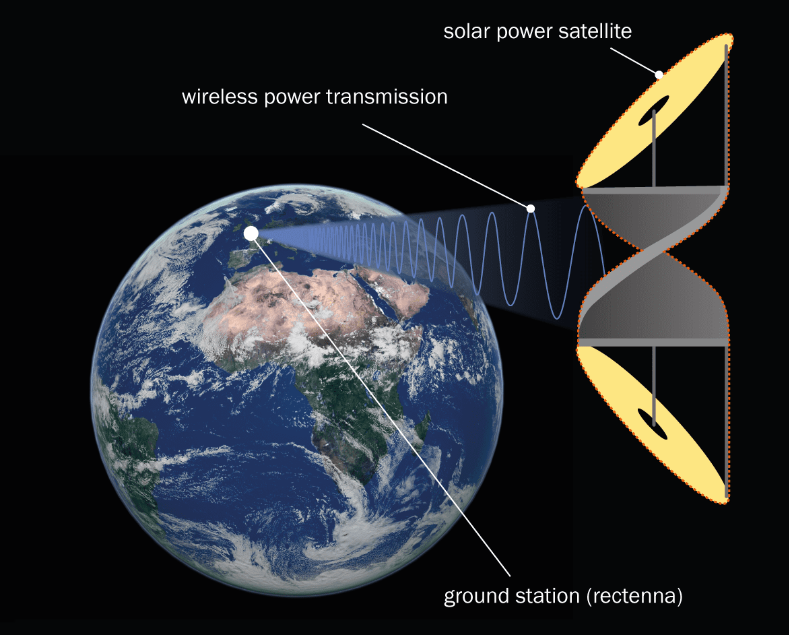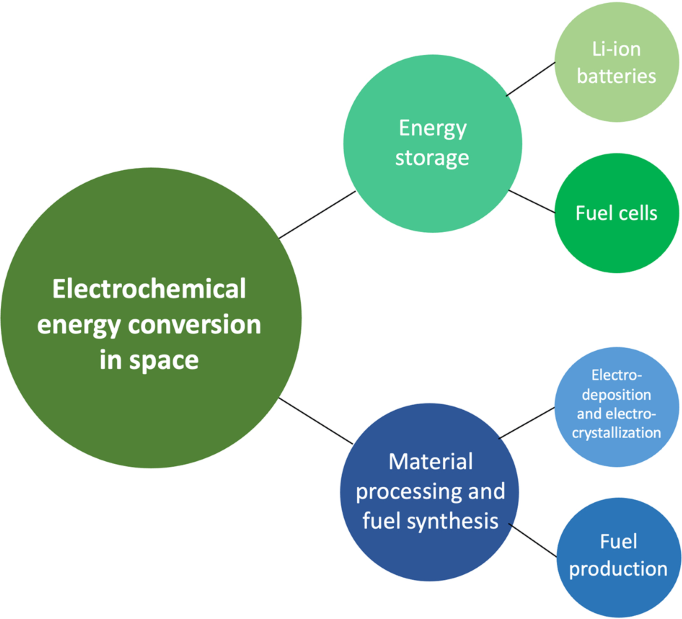In the future "electricity" comes from the sky
Solar power generation is the conversion of light energy into electricity by using solar energy. As solar technology continues to improve and costs fall, solar power generation will play an even more important role in the future. The efficiency of photovoltaic panels continues to improve, and the introduction of new materials and designs makes solar power more efficient and flexible. In addition, the development of solar energy storage technology, such as advanced battery technology, helps to solve the intermittent power supply problem of solar power generation. This makes solar power a reliable source of energy.
Harnessing solar power in space and transmitting it back to Earth is an exciting concept known as space solar power generation or space solar launch. Its basic principle is to use solar arrays in space to collect and convert solar energy into electricity, which can then be sent back to Earth via wireless transmission technologies such as microwaves or laser beams for electricity needs on Earth.
The concept of space-based solar power generation has several advantages:
More efficient solar energy collection in space: Without the atmosphere, clouds, and most atmospheric interference in space, solar energy collection is more efficient and more solar energy can be obtained.
Continuous solar energy supply: On Earth, factors such as night, bad weather, or polar regions can affect the utilization of solar energy. In space, continuous and stable solar energy collection can be achieved, not limited by the earth's rotation and seasonal changes.
Large-scale energy supply: Space solar power systems can build large solar arrays and transmit large amounts of power back to Earth through wireless transmission technology, providing a continuous supply for a wide range of power needs.

However, space-based solar power also faces some challenges and technical difficulties:
Technology cost and feasibility: At present, space solar power technology is still in its early stages and has high research and development and construction costs. At the same time, building and maintaining solar arrays and wireless transmission systems in space also faces a series of technical difficulties.
Transmission efficiency and distance constraints: Transmitting electrical energy from space back to Earth requires efficient wireless transmission technologies such as microwaves or laser beams. However, the problems of energy loss and transmission efficiency still exist when transmitting over long distances.
Safety and environmental impact: space solar energy launch involves high-energy wireless transmission, and it is necessary to ensure the safety of the transmission process to avoid interference or damage to Earth and other satellites. In addition, electromagnetic radiation and potential environmental impacts need to be fully studied and assessed.

While space-based solar power faces some challenges, it has great potential in future energy supply. At present, scientists and engineers are actively studying and exploring relevant technologies to solve technical problems and gradually realize the feasibility and commercial application of space solar power generation.




